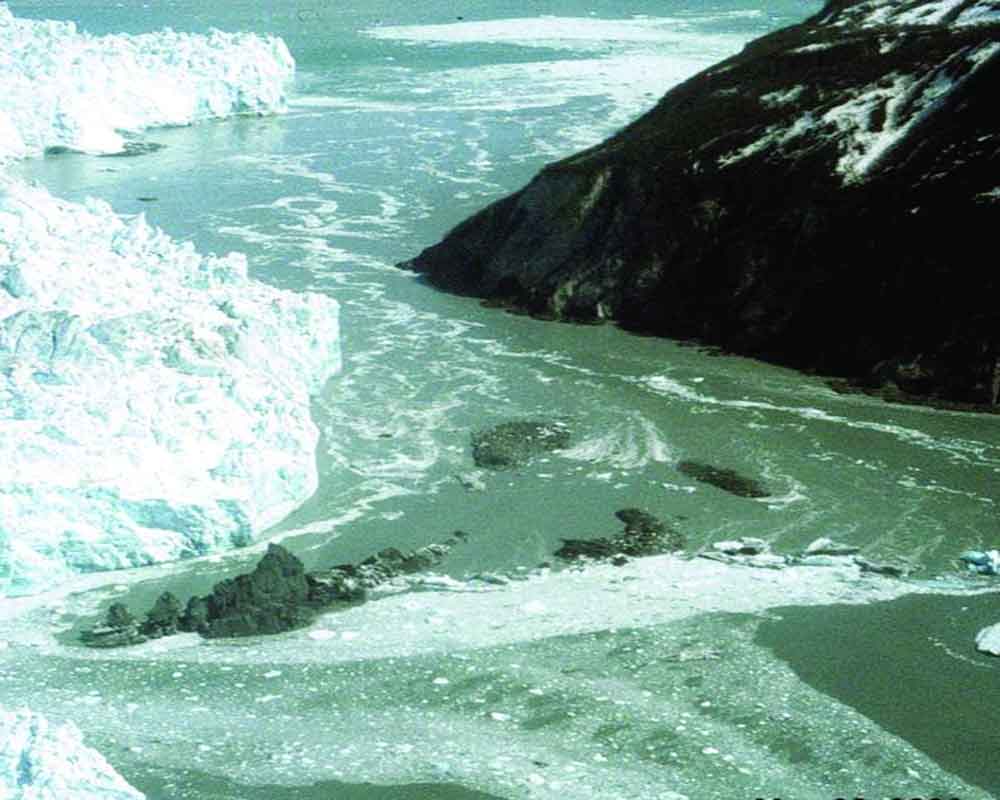There is link between fossil fuel emissions and global warming that has serious consequences for the Himalayan region
The recently concluded Conference of Parties (COP28) took a major decisive step to end to the fossil fuel era for the survival of humanity. Interestingly this landmark decision was taken from the land of the powerful oil-producer group Organization of the Petroleum Exporting Countries (OPEC). Nations struck a historic deal in Dubai to work towards the transition of the global economy away from fossil fuels. Addressing a meeting with mountain countries at COP28, the U.N. Secretary-General Antonio Guterres emphasised the need to protect the Himalayan glaciers.
The significance of Himalayan glaciers: The Himalaya-Hindu-Kush and Tibetan Plateau, known collectively as the Third Pole (TP), hold the Earth's largest ice mass outside the polar regions. In contrast to the Arctic and Antarctic areas, the TP is positioned at a mid-latitude location and is near heavily populated and industrialised regions, spanning across five countries (India, Nepal, Bhutan, China, and Pakistan), It is estimated that around 240 million people depend on glaciers and ten major rivers originating in the Himalayas. These rivers include the Indus, Ganga, and Brahmaputra. Glacier-fed rivers are vital to the livelihoods of another billion people who live downstream of these rivers in eight different nations, including India. Burninged peaks of the Himalayas exhibit a high albedo. Albedo refers to the reflective properties of a surface, indicating the percentage of incoming solar radiation that is reflected into space. Snow and ice have high albedo values because they are highly reflective, meaning they reflect a significant portion of the sunlight that hits them. In the case of the Himalayas, the snow-covered peaks contribute to a high albedo, especially at higher elevations where snow cover is more persistent. Changes in snow cover due to climate change can alter this effect, potentially influencing local temperatures and weather patterns.
The burning of fossil fuels, such as coal, oil, and natural gas, is a major contributor to climate change, and it has direct implications for the Himalayan glaciers. The increased tourist influx to Himalayan regions, including the glaciers beyond their threshold limit, has enhanced fossil fuel emissions. The burning of fossil fuels releases greenhouse gases, including carbon dioxide (CO2), methane (CH4), and nitrous oxide (N2O), into the atmosphere. These gases trap heat, creating a "greenhouse effect."
The combustion of fossil fuels produces black carbon, a particulate matter that can settle on snow and ice. It is emitted into the atmosphere due to incomplete combustion of fossil fuels in motor vehicles and aircraft exhausts, bio-fuel and biomass. Black carbon reduces the reflective properties of snow and ice, absorbing more sunlight and emitting infrared radiation that increases the temperature. So, when there is an increase in black carbon in the high Himalayas, it will contribute to the faster melting of Himalayan glaciers. The rising temperatures cause glaciers to retreat, and the rate of melting exceeds the accumulation of new ice and snow. Glacier retreat contributes to changes in river flow patterns, affecting water availability downstream. As the glacier retreats a moraine-dammed lake forms and meltwater fills the space between the proglacial moraine and the retreating glacier. As the volume of the glacial lake grows, so does the pressure on the dam containing it. Fragmentation of the source glacier, landslides and other processes can trigger displacement waves in the lake, compromising the stability of the dam and resulting in a Glacial Lake Outburst Flood (GLOF). GLOFs pose significant threats to downstream communities. Preserving the Himalayas is crucial for the welfare of the region's diverse ecosystems and local communities.
(The writer is a an adjunct faculty at the National Institute of Advanced Studies, Bengaluru, views are personal)


























